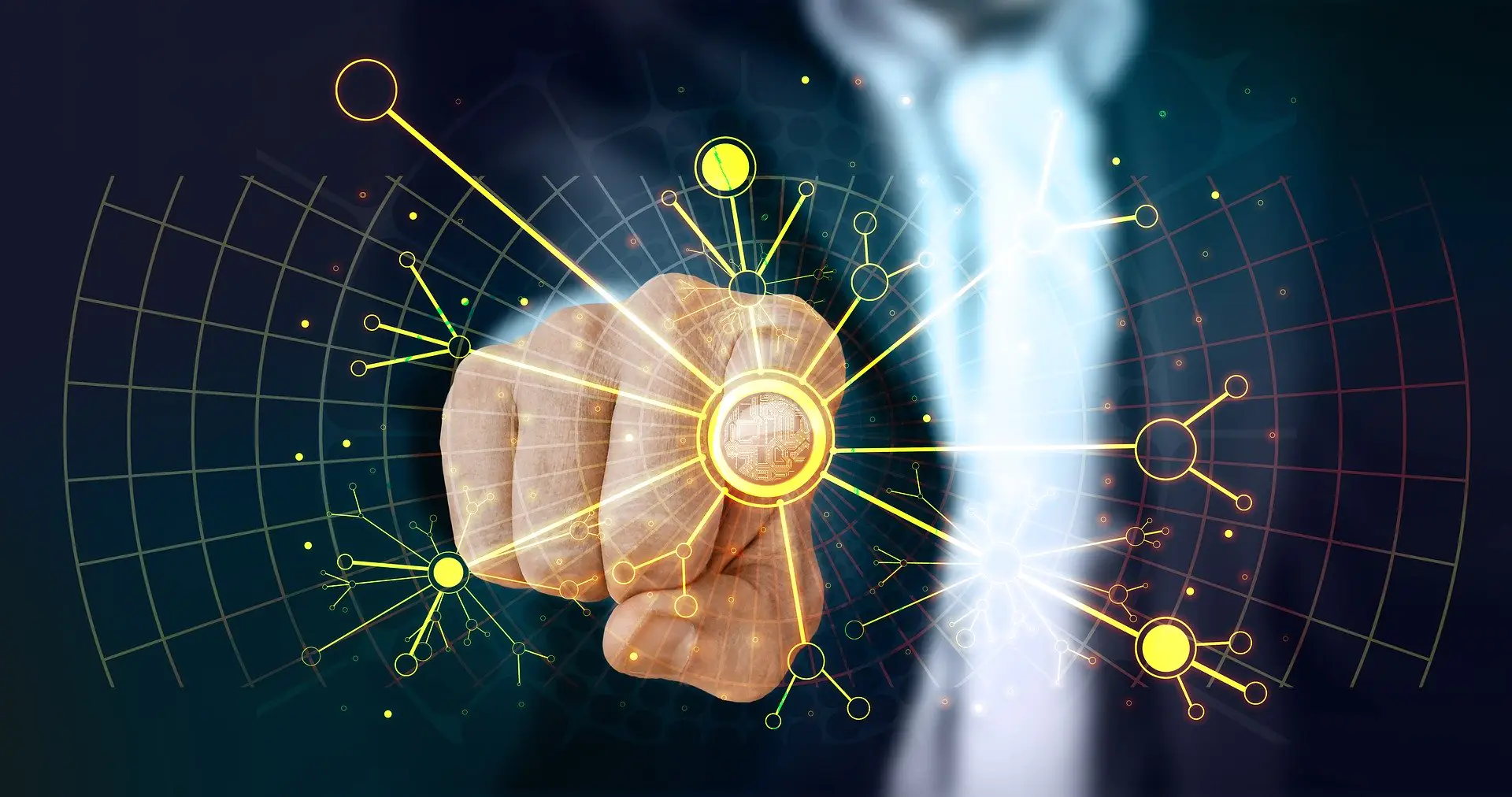In almost every area of work, Artificial Intelligence (AI) is becoming an ally for professionals to more efficiently achieve their goals. Law enforcement is no different.
Here’s how these three uses of AI have helped police departments to fight crime in cities across the world:
1. AI and Predictive Policing in the UK
Police Departments in the United Kingdom have applied new technology to analyze and improve the way that crimes are prevented. Artificial Intelligence ´predictive mapping´ programs are now in use, across police cars and mobile devices, to allow officers to discover and patrol zones where criminal activity is more common.
Whilst predictive technology has been used by UK law enforcement agencies since 2004, developments in machine learning and AI have helped to create more advanced processes. AI is now reportedly used in facial recognition and video analysis, phone data extraction, social media intelligence analysis, predictive crime mapping and individual risk assessment.
Human rights groups such as Liberty, are claiming that the technology´s use shows a lack of transparency and could unfairly focus on ethnic minorities and low-income communities. However, one of the police forces, Avon & Somerset Police, have stated: “We make every effort to prevent bias in data models…For this reason the data…does not include ethnicity, gender, address location or demographics.”
In addition, the West Midlands Police has been working on an AI program that is able to predict the risk of convicted offenders re-offending. Despite having an accuracy of 75%, and being awarded millions of dollars in government funding, the police department has so far found it difficult to get past its own ethics committee. The concern remains that ex-offenders who pose no risk to the public will be falsely classified as a risk.
2. Finding Missing Children in Less Time
In 2019, 448,090 persons under the age of 18 were filed as missing and, believe it or not, this was the lowest number recorded since 1990. And, due to the importance of law enforcement reacting rapidly to these cases, agencies have been forced to use AI programs to identify patterns faster than officers commonly can.
Intel is one of the companies working to use data from past cases to analyze IP addresses, phone numbers, text etc to ultimately determine, “…the physical location of the suspect.” With over 8 million tips possible per year, Intel´s technology is also able to work with non-profit organizations to sort through information, including tracking illegal child images before they are circulated between pedophiles. Information is delivered to the appropriate law enforcement agency in the quickest time-frame possible.
However, possibly the most successful achievement using AI to find missing children took place in 2018 in India, when the New Delhi police department used facial recognition technology to scan 45,000 children; of which they identified nearly 2,930 as missing in only 4 days.
3. Multi-Lingual Robocop

(source: Emirates News Agency)
We all know about Robocop and how he became a superhero back in the ´80s, but this has now become a reality with robots now helping police officers patrol and catch criminals.
Dubai Police have been able to boast of a robot capable of patrolling and identifying criminal activity in the city ever since 2017. The Asian country government announced that this robot policeman can identify different human expressions and feelings, such as happiness, anger or sadness, which allows it to approach or greet citizens or visitors in different ways.
The Robocop is capable of speaking between 6-9 different languages (depending on sources), so all tourists can have their doubts solved without confusion or misunderstanding.
Dubai’s government is also planning to have 25% of its police substituted by unarmed robots by 2030 to help identify criminals, collect evidence and avoid criminal activity in the region.

